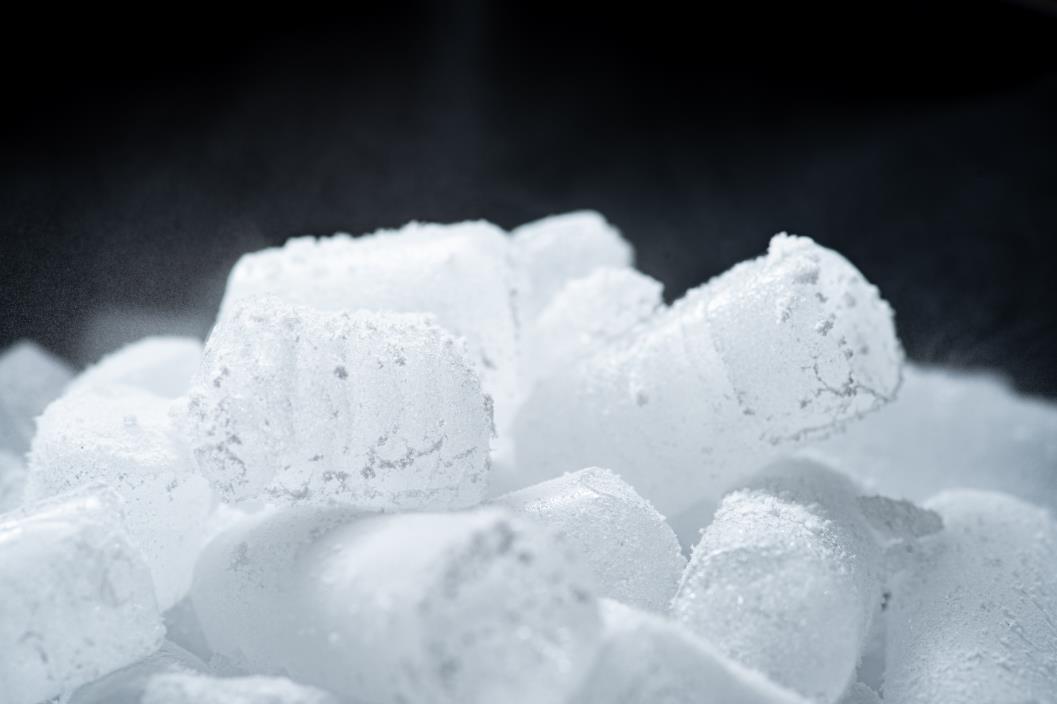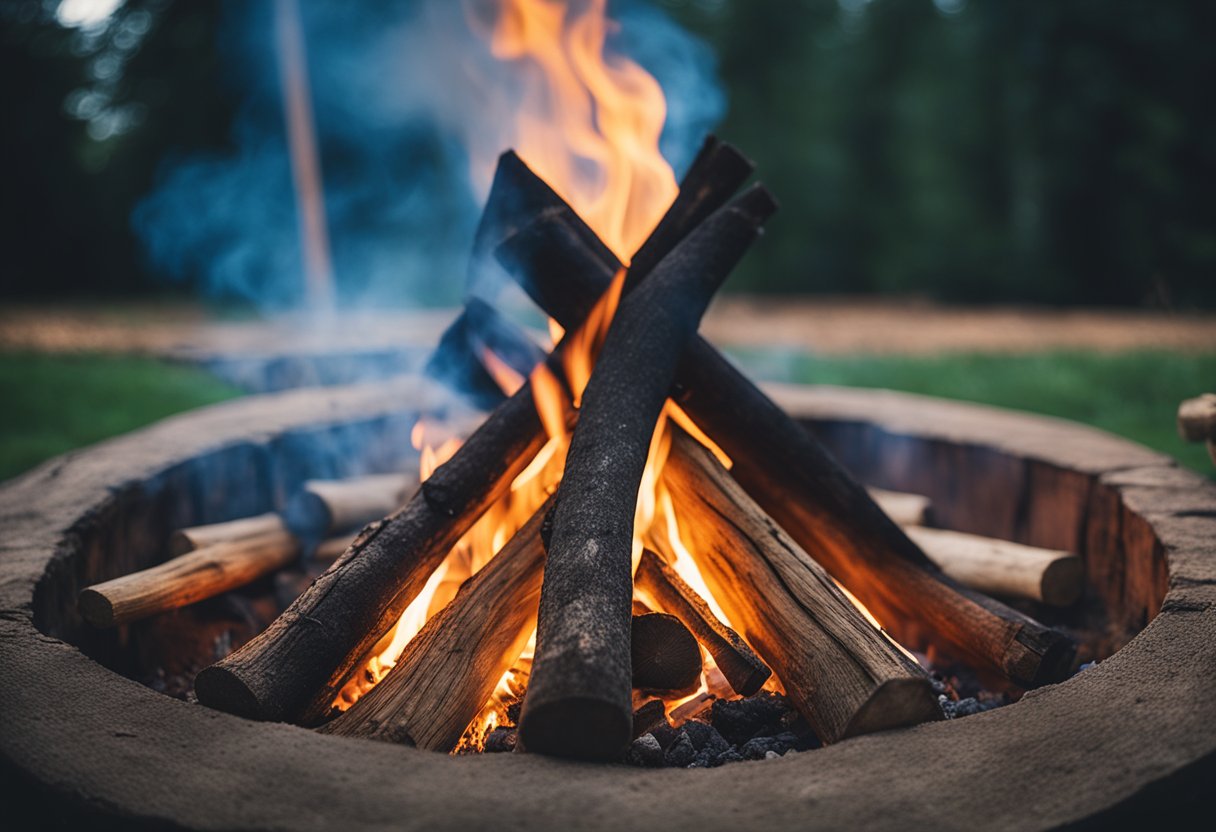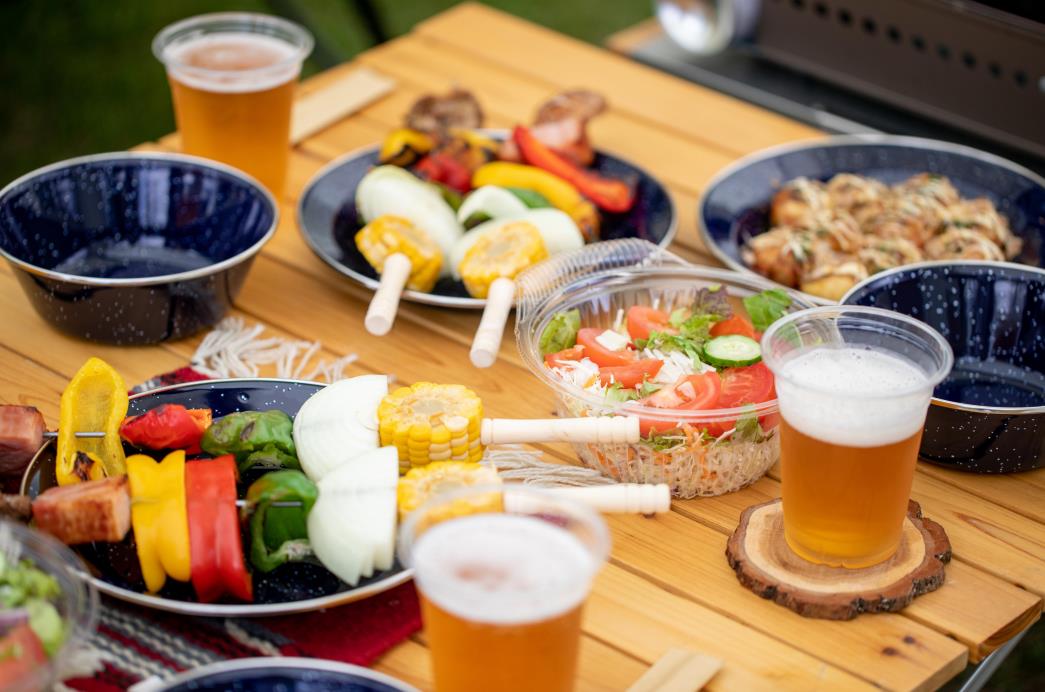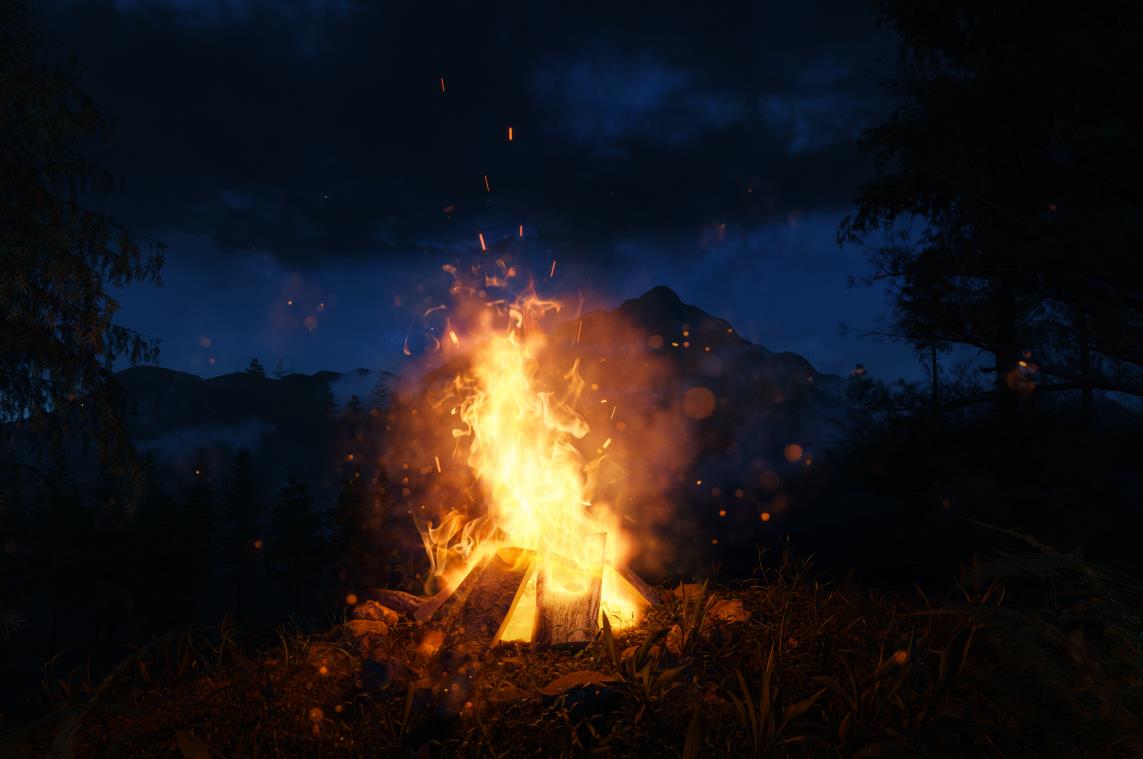Going camping is an exciting adventure, but figuring out how to keep your food cold while enjoying the great outdoors can be a challenge. You definitely want to ensure your perishable items stay chilled to prevent spoilage and ensure the safety of your campsite meals. Worry not, because there are several solutions to maintain the freshness of your food, even when you’re far from the comforts of home.
Some general tips include investing in a high-quality cooler, the key to maintaining the right temperature for your food items. Choose a cooler with thick walls and good insulation, which will help keep your food cold for a more extended period. Also don’t forget to use reusable ice packs or gel packs to go along with it. In a pinch, you can even use frozen water bottles or dry ice.
Let’s dive in and discover more to maintain chilled perfection amidst the splendor of the natural world.
Table of contents
How to select coolers
There are various types of coolers available, and your choice depends on your needs and budget. Generally, you want to select a cooler that fits the following criterias:
- Capacity: A size that fits your camping trip’s duration and the volume of food and beverages you’ll bring.
- Insulation: Look for coolers with excellent insulation properties to maintain the right temperature longer. For example, a cooler with thick insulation walls and tight-fitting lids.
- Portability: Depending on your camping style (car camping, backpacking, etc.), choose a cooler that’s easy to transport.
- Durability: Opt for a rugged cooler that can withstand the demands of the great outdoors.
To maximize your cooler’s efficiency, keep it in the shade whenever possible and minimize opening it to conserve the cold air inside. Moreover, you can pre-chill your cooler by filling it with ice or cold water before packing it with food. More on that later.
Packing and organizing the cooler
Preparing and pre-chilling cooler
Before you pack your cooler, it’s essential to prepare it and ensure it’s cold. Pre-chilling your cooler can help maximize its efficiency. To do this, simply store your cooler in a refrigerator and fill it with ice packs the night before your trip. This way, your cooler will already be cold when you begin packing it.
Using various types of ice

- Loose ice: This is the most common and accessible type of ice. It works well for filling gaps between items and ensuring even cooling. However, it melts quickly, so be sure to combine it with other types of ice.
- Block ice: Block ice lasts longer than loose ice, making it a great option for the base layer in your cooler. It doesn’t cover small areas as effectively, so use it in combination with other forms of ice.
- Dry ice: Considered the coldest ice available, dry ice is perfect for maintaining low cooler temperatures. Keep in mind, though, that it can cause freezer burn on food and requires careful handling with gloves.
Proper organization
Organization and the type of containers you use play a crucial role in keeping your food cold while camping. Here are some tips:
- Layering: Start with a layer of block ice at the bottom of your cooler, followed by a layer of airtight containers and bags. Extend the lifespan of your ice by minimizing air space in the cooler. Fill any gaps with extra ice, towels, or crumpled newspaper. Don’t forget to put frequently used items, like beverages, towards the top for easy access.
- Airtight containers and bags: Use airtight containers and resealable bags to store your food. Not only do they keep your food fresh and prevent any accidental spills in the cooler, but they also help maintain the cooler’s temperature.
Maintaining optimal temperature
While camping, it’s crucial to maintain the optimal temperature for your food and beverages. In this section, we’ll cover temperature monitoring and isolation, maximizing insulation and shade.
Temperature monitoring and isolation
Regularly monitoring the temperature inside your cooler is essential. Use a thermometer to ensure that the temperature stays at or below 40°F (4°C) to keep your food safe. It’s also a good idea to bring two coolers – one for beverages and one for perishable food. This will help you minimize the number of times you open the food cooler, thus maintaining a lower temperature.
Maximizing insulation and shade
To achieve maximum insulation, keep your cooler out of the sun and in a shady area. You can also cover your cooler with a tarp or blanket to prevent it from warming up due to direct sunlight.
Cooler alternatives
In this section, we will explore other ways to keep your food cold while camping without relying solely on a traditional cooler.

Evaporative coolers
Evaporative coolers work by harnessing the cooling power of water evaporating from a wet surface. A simple way to do this is by wrapping your food in a damp cloth, then placing it in a shady spot and allowing the water to evaporate, thus cooling the food.
Styrofoam cooler
A makeshift Styrofoam cooler with a few modifications is a fun way to store your food cold. Here is how to do it:
- Cut the top off a large Styrofoam box, and line it with a thick plastic bag.
- Next, add a layer of ice or frozen gel packs at the bottom, followed by your food, and finally top it off with another layer of ice or gel packs.
- Close the bag, place the top back on the Styrofoam container, and wrap it with a blanket or tarp to provide extra insulation.
Powered coolers and portable car fridges
Powered coolers and portable car fridges have emerged as versatile and convenient alternatives. These innovative appliances provide the perfect solution for keeping food and beverages cool on the go. With their built-in power sources, such as rechargeable batteries or vehicle adapters, they eliminate the need for ice and ensure a constant cooling temperature.
Making your own ice packs
Creating your own ice packs is an affordable and convenient way to keep your food cold while camping. There are a few simple methods you can use:
- Method 1: Combine 2 cups of water, 1 cup of rubbing alcohol, and ½ to 1 cup of rock salt in a Ziplock bag. Press the air out, seal the bag tightly, and then freeze for at least 2 days before your trip.
- Method 2: Pour 2-3 cups of dish soap into a Ziplock bag and freeze at least 1 day before your trip.
These homemade ice packs are reusable, cost-effective, and will help maintain lower temperatures in your cooler.
If you have access to a campsite with communal fridges, consider utilizing them for added cold storage.
Best Camping Knives
Get 11% off and free shipping – limited time only!
At the end of the day
Keeping your food cold and fresh is always a good practice. By utilizing these tips and suggestions, you can ensure your food remains in good condition throughout the camping adventure.
Now that we addressed the storage part, preparing and cooking your food during a camping trip is equally important. This necessitates the use of suitable equipment, such as HDMD’s chef knife, to aid you. The handmade high carbon blade will be sure to help you create a delightful meal. Take a peek at our collection to learn more.
FAQs
Can I store raw and cooked food together in the cooler?
It’s important to store raw and cooked food separately in the cooler. Raw meats, poultry, and seafood should be sealed and stored at the bottom to prevent cross-contamination. Keep them separate from cooked foods to reduce the risk of foodborne illnesses.
How do I clean and sanitize my cooler after camping?
Clean your cooler after each camping trip to prevent bacteria growth. Rinse it with warm, soapy water, scrubbing the interior and exterior. Rinse thoroughly and air-dry. To sanitize, use a mixture of water and mild bleach solution, following the manufacturer’s instructions. Rinse well before using it again.
How to store camping food at night?
To store food at night while camping, use sealed containers to prevent odors and keep food away from sleeping areas. Use bear-proof containers or hang food in a bear bag. Follow local regulations for specific guidelines. For more tips, check out this guide.












